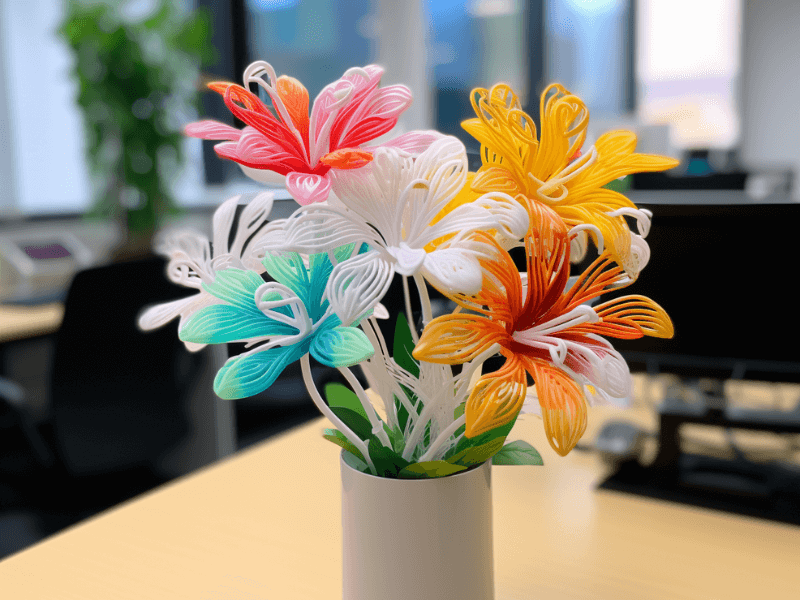Plastic is a versatile material used in numerous applications, from toy making to furniture building.
However, when it comes to repairing or creating items out of plastic, we might stumble upon the question – how to glue plastic together effectively?
Well, with the correct adhesive and proper method, it can be a breeze. Let’s dive right into the world of plastic adhesives.
Overview: Sticking Around for Success
- Pre-gluing considerations for plastic
- Types of glue suitable for plastic, their pros and cons
- Matching glue to specific plastic types
- Step-by-step instructions on gluing different plastic types

Before You Stick: Things to Know
Before starting the gluing process, ensure your plastic surfaces are clean and dry.
Remove any dirt or grease that could affect the bond. Also, keep in mind that not all glues are suitable for all plastics.
Check the glue’s packaging to ensure compatibility with your plastic type.
Choosing the Right Cohesion Companion: Types of Glues for Plastic
Super Glue:
- Pros: Dries quickly, creates a strong bond, works well with many plastics.
- Cons: Can be brittle once dried, not suitable for flexible plastics.
Epoxy Resin:
- Pros: Creates a durable bond, resistant to heat and chemicals, works with many types of plastic.
- Cons: Requires mixing, longer curing time than other glues.
Plastic Cement:
- Pros: Specifically designed for plastics, creates a strong bond by melting the plastic surface for a seamless fit.
- Cons: Not suitable for all types of plastics, strong fumes require good ventilation.
Matchmaker Matchmaker: Best Glue for Different Plastic Types
- Polystyrene and PVC: Plastic cement is ideal, as it effectively “melts” these types of plastics for a strong bond.
- ABS Plastic: Super glue works well due to its quick setting time and bonding strength.
- Polypropylene and Polyethylene: Epoxy resin is the best choice for these tough-to-glue plastics.
Sticking the Landing: How to Glue Different Plastic Types
Regardless of the type of plastic or glue, always start by cleaning the surfaces.
Use a mild detergent and rinse with water, then dry completely. Once the surfaces are prepared, follow the steps below based on the type of plastic:
Polystyrene and PVC:
- Apply the plastic cement to both surfaces.
- Press the pieces together and hold until the cement sets.
ABS Plastic:
- Apply a thin layer of super glue to one surface.
- Press the pieces together, hold for a few seconds until the glue takes hold.
Polypropylene and Polyethylene:
- Mix the epoxy resin as per the instructions.
- Apply it to both surfaces, then press together.
- Secure with a clamp if possible, then allow to cure as per the instructions.
Conclusion: Gluing Plastic Together – It’s a Stick-Up!
Gluing plastic together is a simple task once you’ve found the right adhesive and understood the correct process.
Whether you’re repairing a plastic toy, assembling a model, or fixing a crack in a plastic container, with this guide you’re well equipped to handle it.
Always remember, for a strong bond, take your time, prepare the surfaces correctly, and choose the right adhesive.


